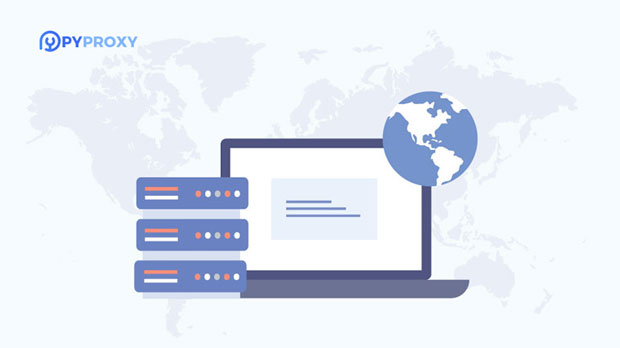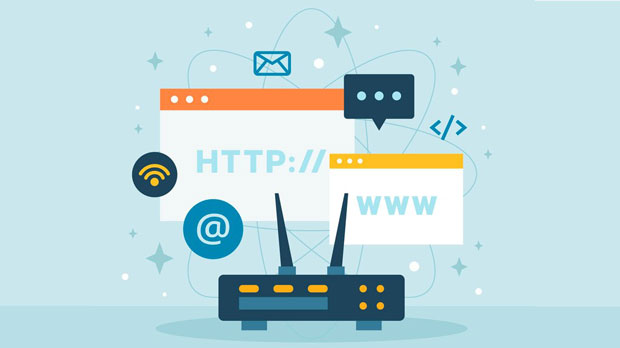When it comes to socks5 proxy servers, one of the most critical performance metrics is latency, which directly impacts the overall speed and efficiency of data transmission. In this article, we will explore whether PYPROXY, a Python-based proxy solution, provides better latency performance in SOCKS5 data transmission. Through a series of analyses, we will evaluate PyProxy's capabilities, compare it with other proxies, and identify the scenarios where its performance excels or falls short. The goal is to provide valuable insights for customers looking to optimize their network efficiency with minimal delays. Understanding SOCKS5 and Its Latency ChallengesSOCKS5 is a widely-used protocol for routing network traffic through a proxy server, offering a flexible and robust solution for data transmission. However, like any proxy server, SOCKS5 faces the inherent challenge of latency, which refers to the delay experienced during data transmission from the source to the destination.Latency can arise from various factors, including server distance, network congestion, and the complexity of routing protocols. For sock s5 proxies, these delays can significantly impact tasks that require high-speed, real-time data transfer, such as gaming, video streaming, or large file downloads.To understand whether PyProxy can outperform other SOCKS5 proxies in latency, it's essential to examine its underlying architecture and the optimizations that may contribute to faster data handling.What is PyProxy?PyProxy is a proxy server implementation based on Python, specifically designed for handling various types of network traffic, including HTTP, HTTPS, and SOCKS5. One of its distinguishing features is its emphasis on ease of use and flexibility, allowing developers to integrate proxy solutions into custom applications with minimal effort.Despite being Python-based, which is often associated with slower processing speeds compared to other languages like C or C++, PyProxy aims to provide a solid balance between performance and accessibility. Its ability to handle SOCKS5 traffic makes it a useful tool for anyone looking to route traffic securely and efficiently.Evaluating PyProxy's Latency PerformanceWhen evaluating latency in PyProxy for SOCKS5 data transmission, several factors come into play. These include the proxy's response time, its ability to handle multiple requests concurrently, and how efficiently it processes data packets. Let's break down each of these aspects:1. Proxy Response Time The response time of a proxy server refers to how quickly it can process a request and return the corresponding data. In the case of PyProxy, the Python-based solution typically shows competitive response times, thanks to its asynchronous processing model, which allows multiple tasks to run concurrently. This minimizes the time spent waiting for one process to finish before the next can begin. However, due to Python's nature as an interpreted language, its execution speed might not be as fast as lower-level languages, such as C. Therefore, while PyProxy offers decent response times for most use cases, it may lag behind highly-optimized, compiled proxies in certain high-performance environments.2. Concurrent Handling of Requests Latency can also be affected by how well a proxy handles multiple requests at once. In real-world scenarios, users often send several requests simultaneously, such as when browsing multiple websites or downloading large files. PyProxy, built with Python’s asynchronous capabilities, can manage these requests concurrently, improving its overall efficiency. The proxy's performance under load is crucial, as too many simultaneous requests can overwhelm the server, causing delays. PyProxy’s ability to scale with the number of incoming requests is an essential factor in determining its latency performance. When properly configured, PyProxy can handle a significant number of requests without noticeable performance degradation, though, like any system, it will experience slowdowns under extreme traffic conditions.3. Packet Processing Efficiency Packet processing is a critical component of proxy performance. The efficiency with which a proxy server processes and forwards data packets directly impacts latency. PyProxy’s packet handling capabilities are fairly standard, as it adheres to the basic specifications of the SOCKS5 protocol. However, its Python implementation can introduce some overhead when compared to more optimized proxy solutions, which could result in higher latency for certain types of data traffic. That said, the extent of this latency will depend largely on the complexity of the data being transmitted and the configuration of the PyProxy server. For lighter, less complex traffic, the difference in latency may be negligible, but for data-heavy applications like video streaming or gaming, the impact may become more apparent.Comparing PyProxy with Other SOCKS5 ProxiesTo gauge whether PyProxy’s latency performance truly outshines other SOCKS5 proxies, we must compare it with several popular alternatives that are commonly used in both personal and professional settings. These include commercial proxy solutions and open-source implementations that also support the SOCKS5 protocol.1. Commercial Proxy Solutions Commercial SOCKS5 proxy solutions often come with enhanced features such as load balancing, traffic optimization, and guaranteed low-latency servers. These proxies are generally written in compiled languages like C++ or Go, which can execute faster than Python. As a result, they may offer superior latency performance in environments where low delay is crucial, such as high-frequency trading or online gaming. While PyProxy can handle many general use cases effectively, commercial proxies often have the edge in performance for highly demanding applications due to their optimized architecture and dedicated resources.2. Open-Source SOCKS5 Proxies There are various open-source SOCKS5 proxies available, such as Shadowsocks and Dante, which also aim to reduce latency and improve speed. These proxies often leverage low-level programming languages and specialized algorithms to achieve faster packet processing. In comparison, PyProxy’s latency is generally higher due to its Python-based implementation, which is not as finely tuned for high-speed data transmission. While PyProxy is still a good option for many standard use cases, it may not provide the same performance as these more specialized open-source solutions.When Does PyProxy Excel in Latency Performance?Although PyProxy may not always deliver the best latency performance in comparison to commercial or highly optimized SOCKS5 proxies, it does excel in certain situations:1. Low Traffic Environments In scenarios where the proxy is handling relatively low traffic volumes, PyProxy can provide solid performance without noticeable delays. This makes it an excellent choice for small-scale applications, development environments, or personal use where latency is not a major concern.2. Customizability and Flexibility PyProxy offers a high degree of customizability, making it an attractive option for developers who need a proxy solution that can be tailored to their specific needs. For users who prioritize flexibility over pure performance, PyProxy provides an accessible solution that balances ease of use with reasonable latency.In conclusion, while PyProxy offers decent latency performance for SOCKS5 data transmission, its speed may not be the best when compared to more specialized commercial proxies or open-source alternatives written in lower-level languages. Its Python-based design introduces some overhead, which can lead to higher latency in high-traffic or data-heavy scenarios. However, for low-traffic environments and use cases that prioritize flexibility and ease of integration, PyProxy remains a solid option. By understanding the strengths and limitations of PyProxy’s latency performance, users can make informed decisions on whether it is the right solution for their networking needs.
Sep 03, 2025



































































